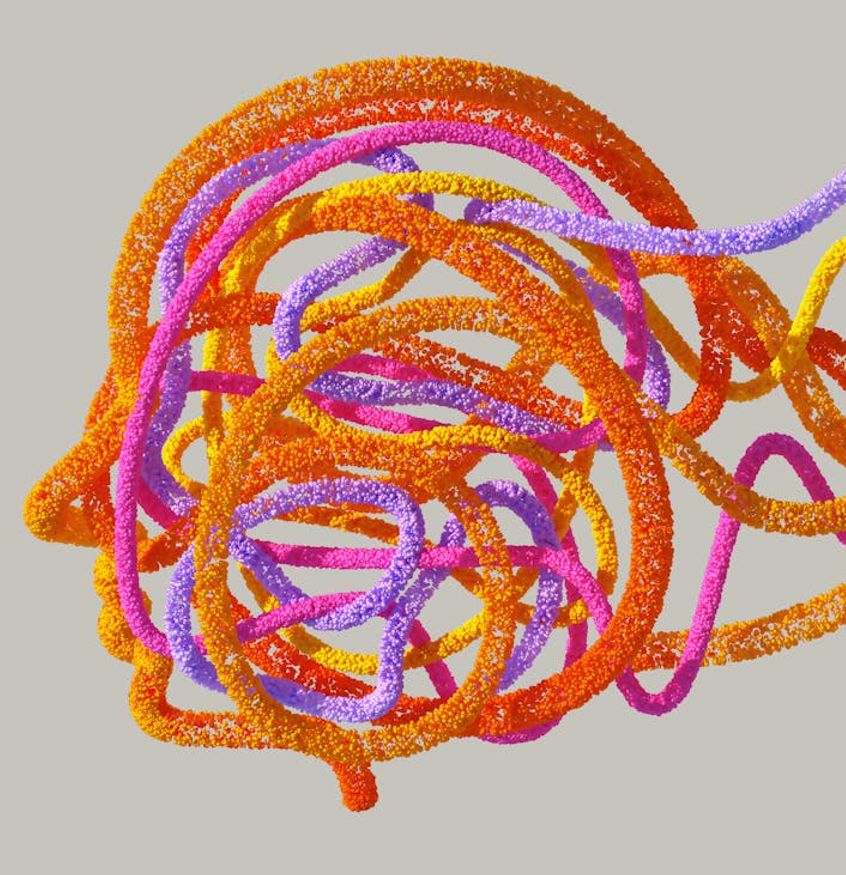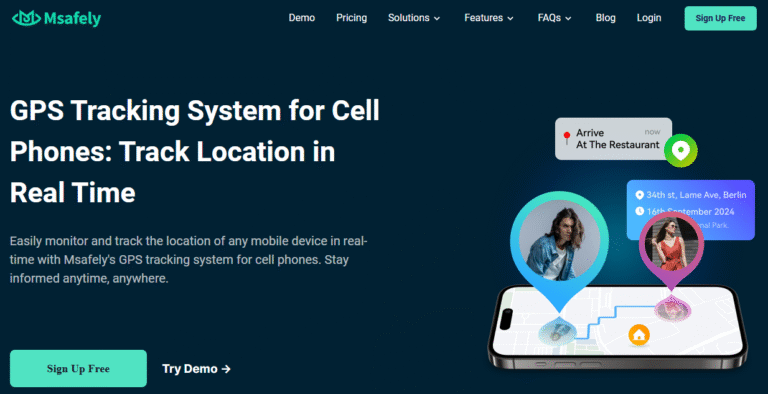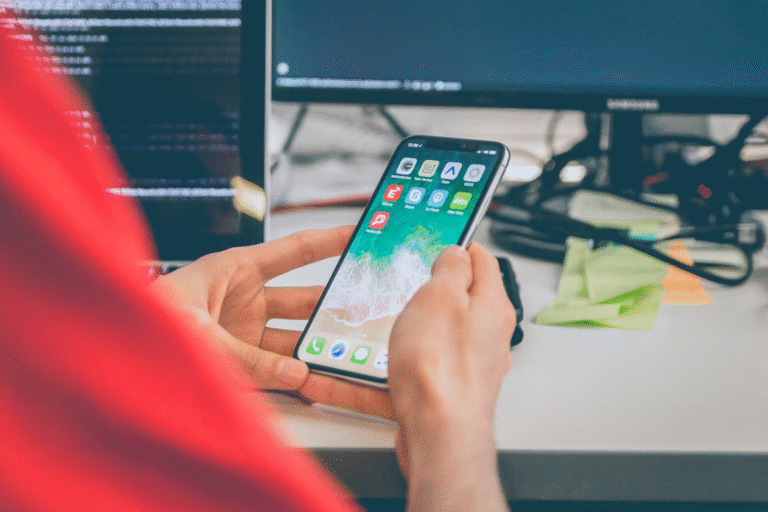The fashion industry is rapidly evolving, and AI is at the forefront of this transformation. Today, designers are utilising innovative tools to create bold and unique T-shirt designs that truly stand out. Tasks that once required hours of sketching and trial-and-error can now be completed in minutes thanks to AI technology.

From custom prints to patterns that reflect personal style, AI is empowering everyone to shape modern apparel like never before. This isn’t just a trend — it’s a revolution. Let’s explore how AI is transforming T-shirt design and why it’s capturing the imagination of both brands and shoppers.
What Is AI T-Shirt Design? A New Era of Creativity
AI-driven T-shirt design is revolutionising the way people perceive fashion. In simple terms, it means utilising intelligent computer tools to design graphics, patterns, and slogans for T-shirts.
Instead of sketching by hand for hours, designers can now type in ideas and watch AI bring them to life in minutes. This technology analyses thousands of styles, colours, and trends to create fresh, eye-catching designs that feel personal and unique.
With ai t shirt design, anyone — from big brands to small business owners — can easily create custom apparel. For example, companies like Printful and Teespring use AI to assist customers in designing T-shirts that align perfectly with their vision. Even well-known fashion labels are tapping into AI to predict which designs will perform best in the market.
AI can suggest colour combinations, generate logos, and even write catchy slogans that match a brand’s voice. It’s like having a creative partner working around the clock.
This new era of design isn’t about replacing human talent — it’s about equipping designers with better tools to express their ideas and connect with customers. As more brands explore AI, T-shirt design will only get faster, smarter, and more exciting.
Speed Meets Style: The Efficiency of AI in Apparel Production
AI is transforming the fashion world by slashing design time from days or even weeks to just minutes. Tools like Browzwear’s integration with Six Atomic can instantly convert concepts into digital patterns and send them directly to manufacturers — significantly cutting sample production time.
Beyond design speed, automated printing and on-demand production are game changers. Services like Printful’s AI-powered design maker and Wondr AI enable independent sellers to create and ship custom shirts on demand — eliminating inventory buildup and minimising waste.
For small businesses and independent designers, the advantages are clear: less capital tied up in stock, lower overheads, and greater flexibility to test new ideas. AI handles repetitive tasks, allowing designers to focus on branding, marketing, and innovation.
The result? Faster turnaround, reduced costs, and a smarter way to bring unique apparel to life — with style and speed working hand in hand.
Personalisation at Scale: Meeting Customer Expectations
AI is changing how T-shirts are customised. Even major brands like Nike have launched personalised collections that let customers tweak colours, graphics, and fit — all at scale. This isn’t just a gimmick. Mass customisation allows shoppers to receive personalised items while maintaining production efficiency.
For example, Printful goes beyond traditional print-on-demand by enabling entrepreneurs to offer made-to-order apparel without holding inventory. Sellers often report stronger customer loyalty, as buyers enjoy seeing their name, favourite quote, or custom design printed on their shirt.
Why does this matter? A McKinsey report shows personalisation can increase revenue by up to 15%, and 65% of shoppers remain loyal to brands that offer it. When people can add their unique touch, it doesn’t just improve satisfaction — it also drives sales. It’s smart, scalable, and a win for brands and buyers alike.
Sustainability Through Smart Design
Smart design is helping fashion become greener. AI-powered forecasting reduces waste by 20–30% by predicting demand more accurately. Brands like H&M cut overproduction by 30% in just one year — meaning fewer unsold garments end up in landfills.
In addition to forecasting, AI optimises cutting patterns to maximise fabric use and minimise scraps. It also helps identify eco-friendly materials based on lifecycle data, ensuring your T-shirt starts its life on a sustainable path. Efficient inventory management further reduces shipments and storage costs — all benefits that are good for both the planet and the bottom line.
Today’s shoppers care deeply about sustainability. When brands use smart tools to reduce waste and source responsibly, they earn trust and increase sales. Sustainability isn’t just a trend — it’s a competitive advantage that resonates with eco-conscious consumers.
The Future of Fashion: What’s Next for AI and Apparel
Fashion’s next frontier lies at the intersection of creativity and cutting-edge technologies such as generative design and augmented reality (AR) fitting rooms.
Generative AI is helping designers craft new patterns and silhouettes that weren’t possible before, accelerating the journey from sketch to final product. Meanwhile, AR virtual try-ons are becoming more accurate and immersive, allowing shoppers to see how garments look on them — all without stepping into a changing room.
Looking ahead, experts predict that AI will become even more integral, not as a replacement for human creativity but as a collaborative partner. Agentic AI will soon be able to suggest styles, manage supply chains, and provide real-time personalised styling.
The message is clear: brands that embrace these tools will stay ahead of the curve. In the next ten years, clothing will be more intelligent, inspirational, and finely tailored to each consumer’s preferences — fusing human creativity with AI’s precision.
Embrace the AI Revolution in Fashion
AI isn’t just a passing trend — it’s reshaping how T-shirts are designed, produced, and personalised. From quicker turnaround times to sustainable practices and one-of-a-kind styles, smart tools are helping brands connect with customers in powerful new ways. Now is the time to embrace this change — and lead with innovation.
Source: Fapello






